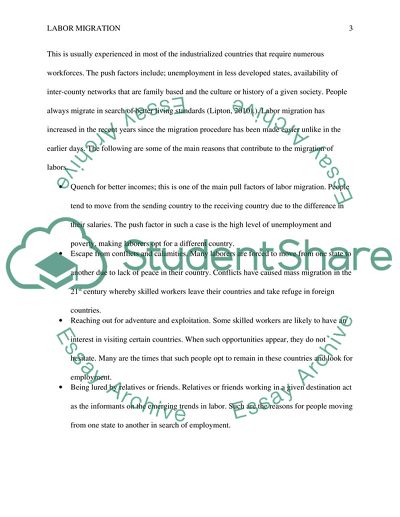Cite this document
(“Labor Migration Research Paper Example | Topics and Well Written Essays - 1500 words”, n.d.)
Retrieved de https://studentshare.org/anthropology/1694291-labor-migration
Retrieved de https://studentshare.org/anthropology/1694291-labor-migration
(Labor Migration Research Paper Example | Topics and Well Written Essays - 1500 Words)
https://studentshare.org/anthropology/1694291-labor-migration.
https://studentshare.org/anthropology/1694291-labor-migration.
“Labor Migration Research Paper Example | Topics and Well Written Essays - 1500 Words”, n.d. https://studentshare.org/anthropology/1694291-labor-migration.


